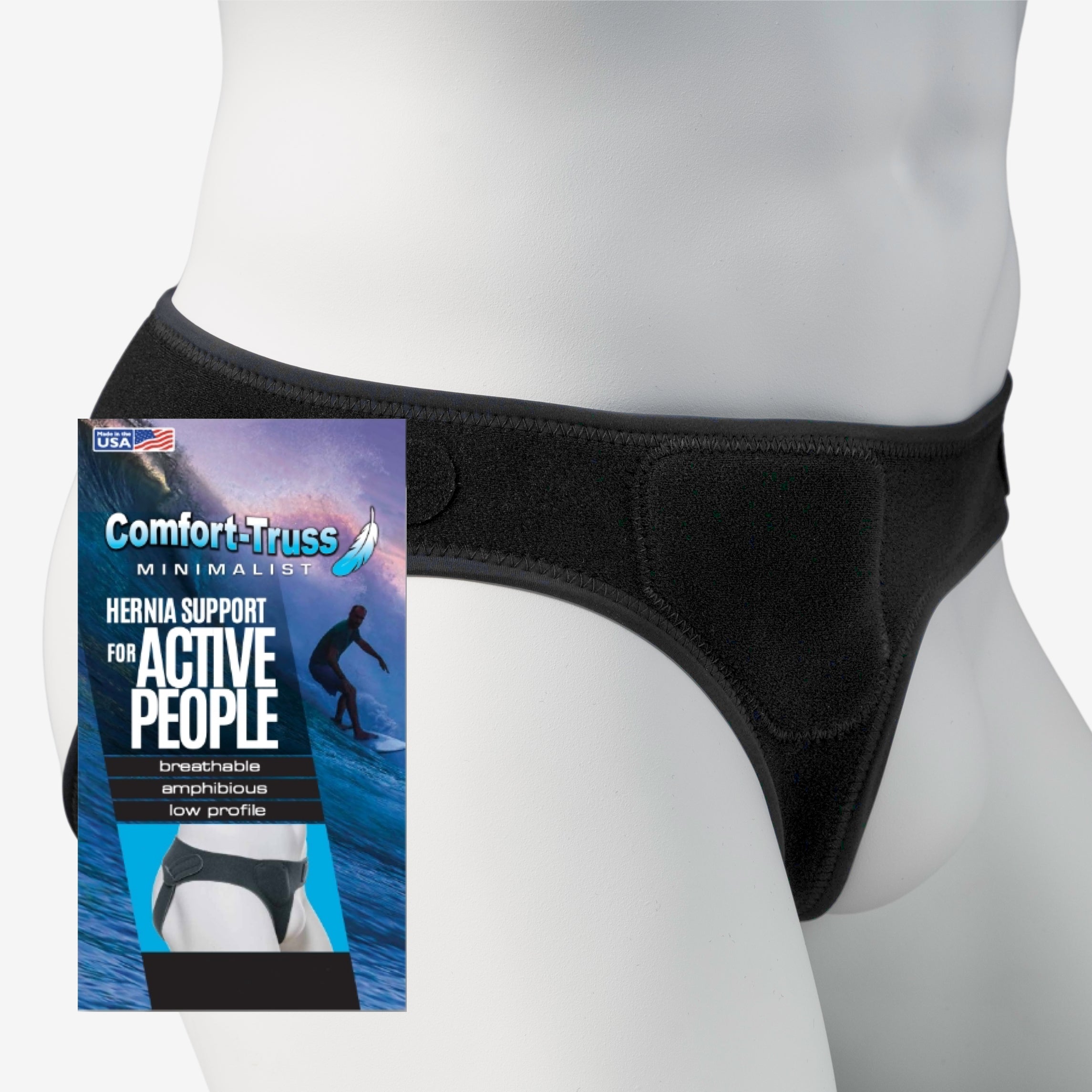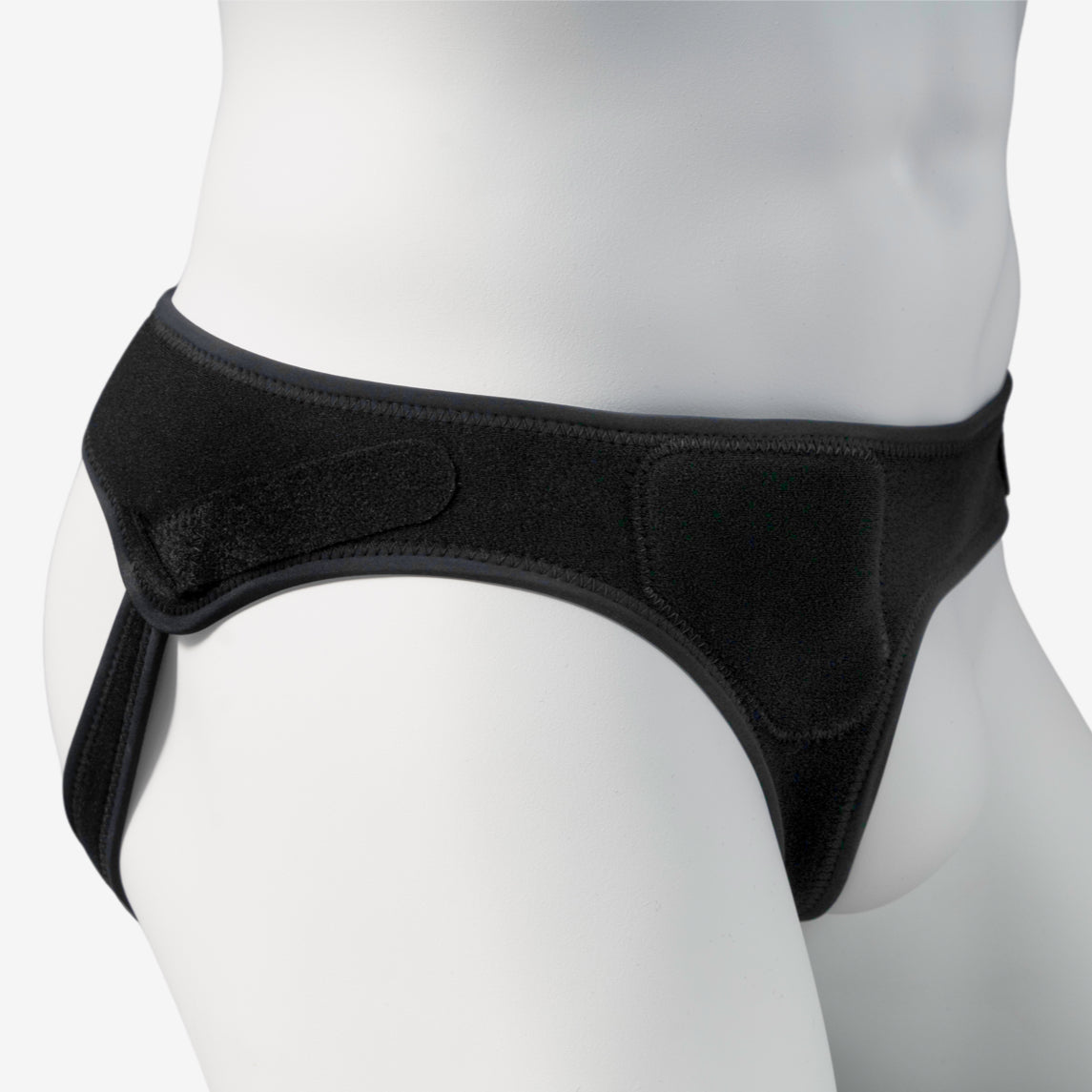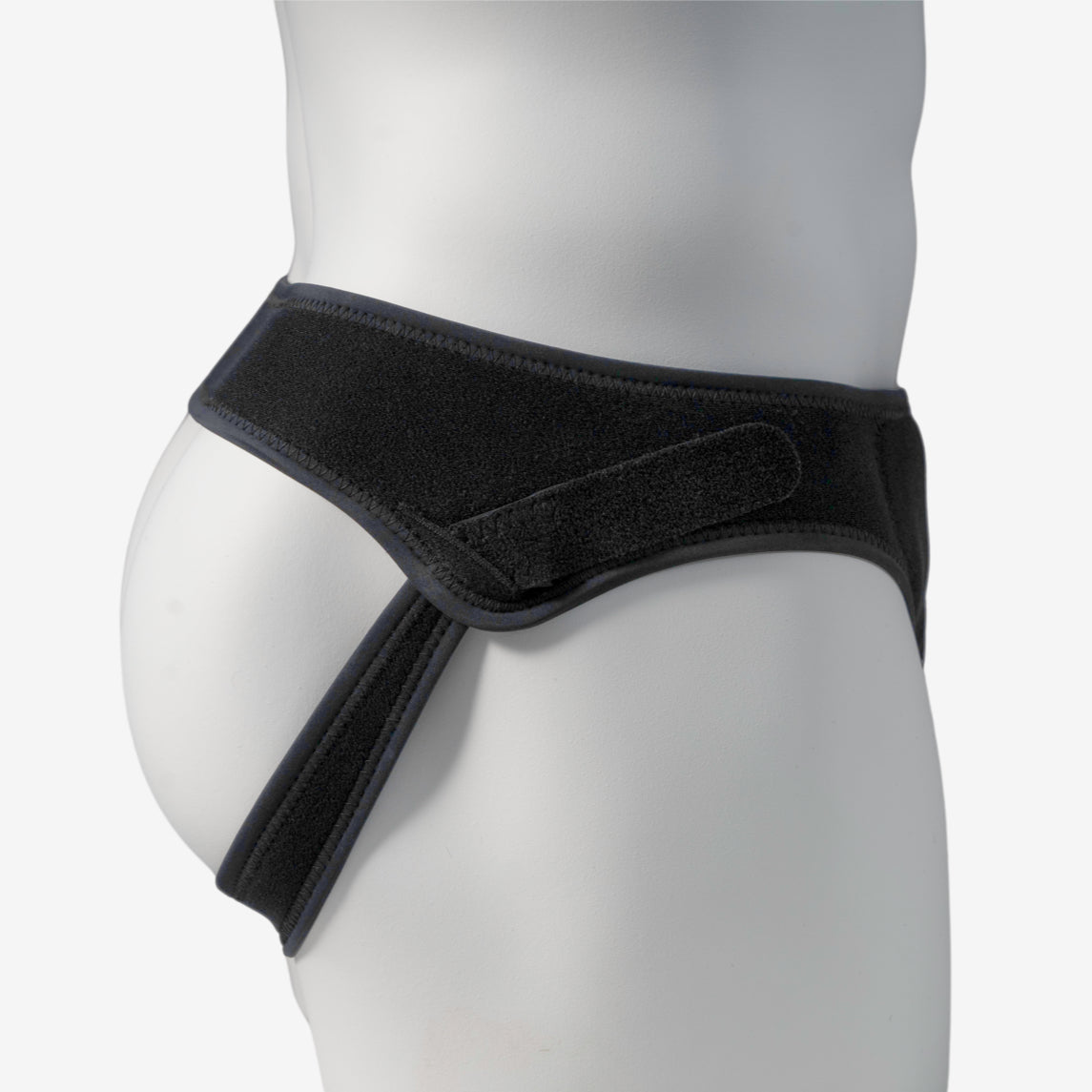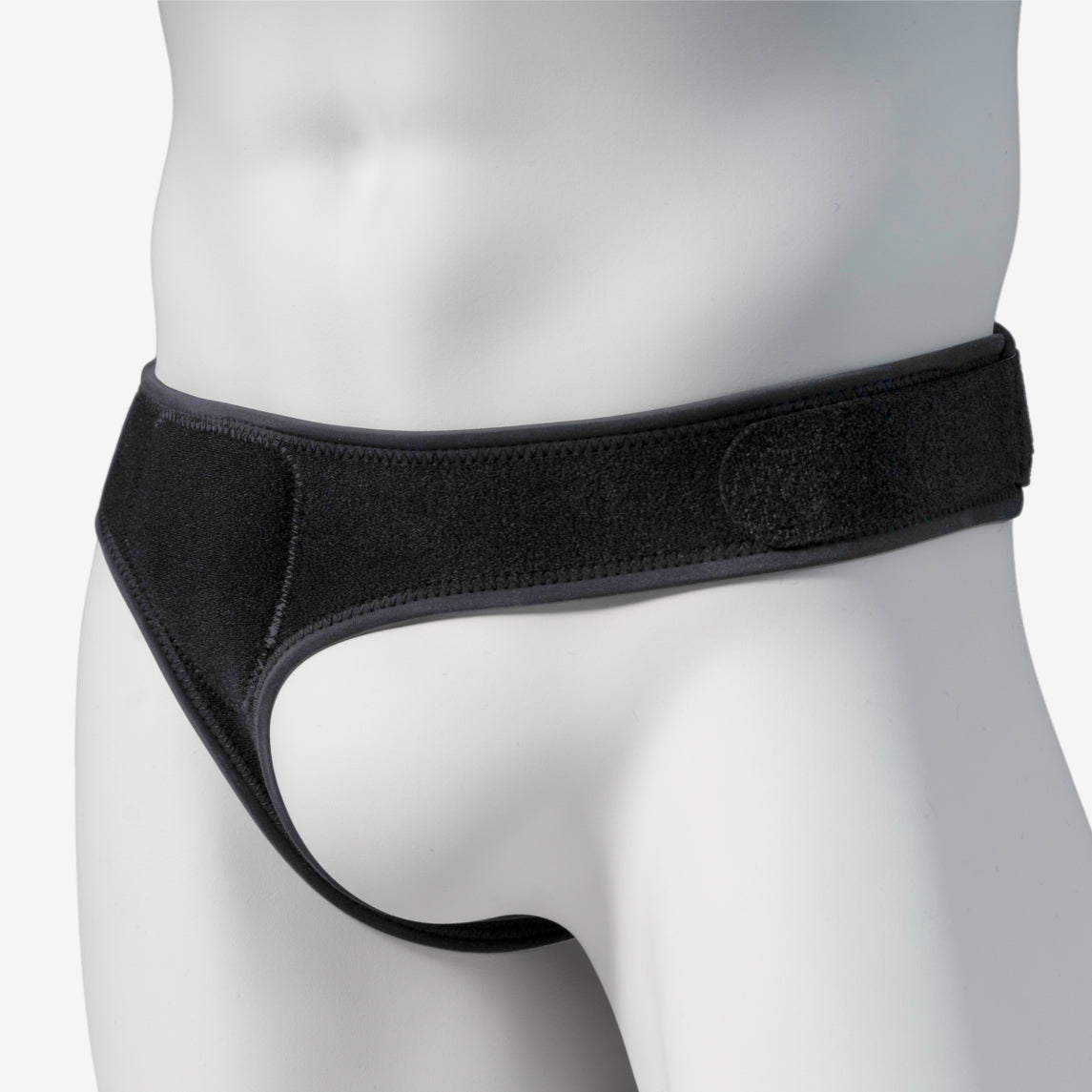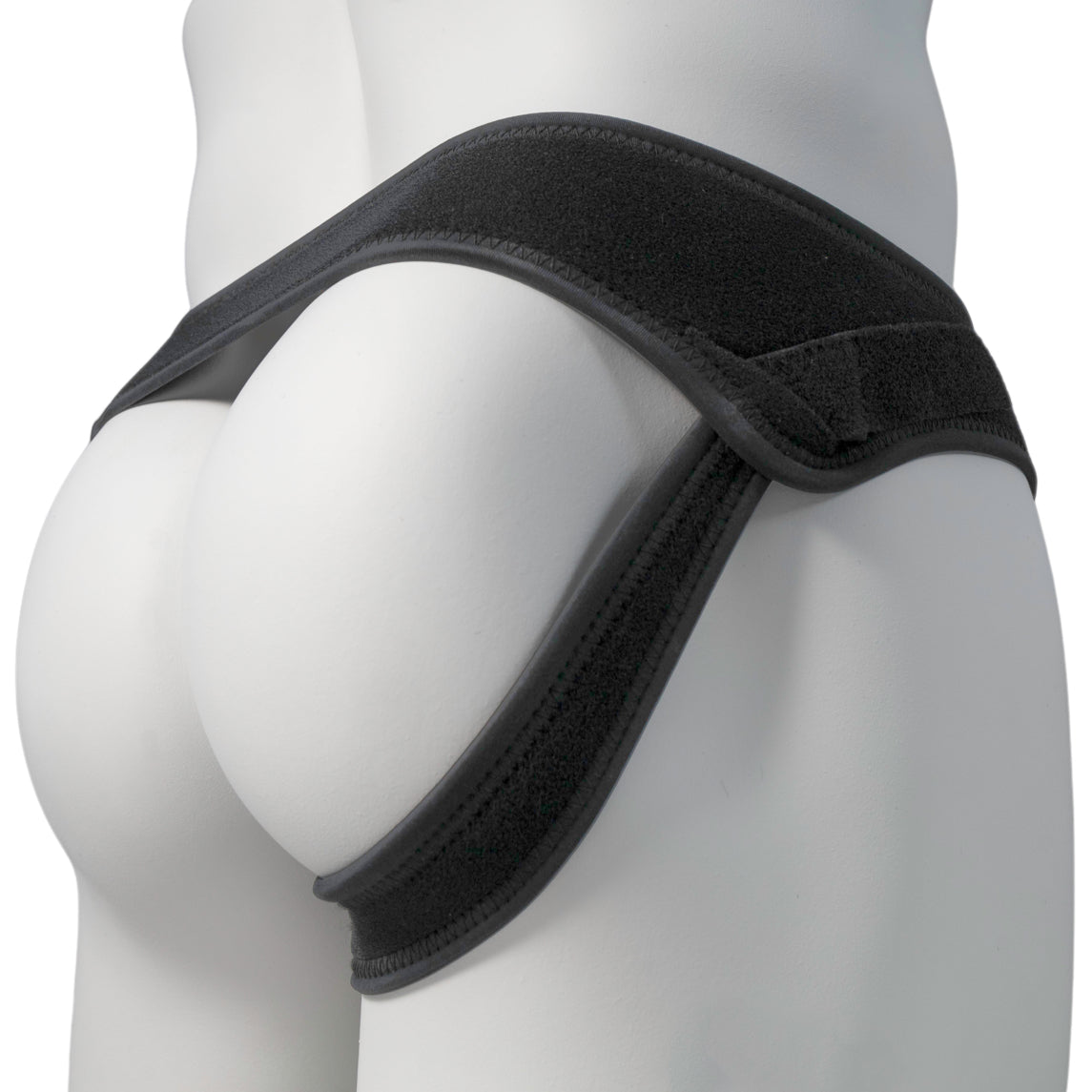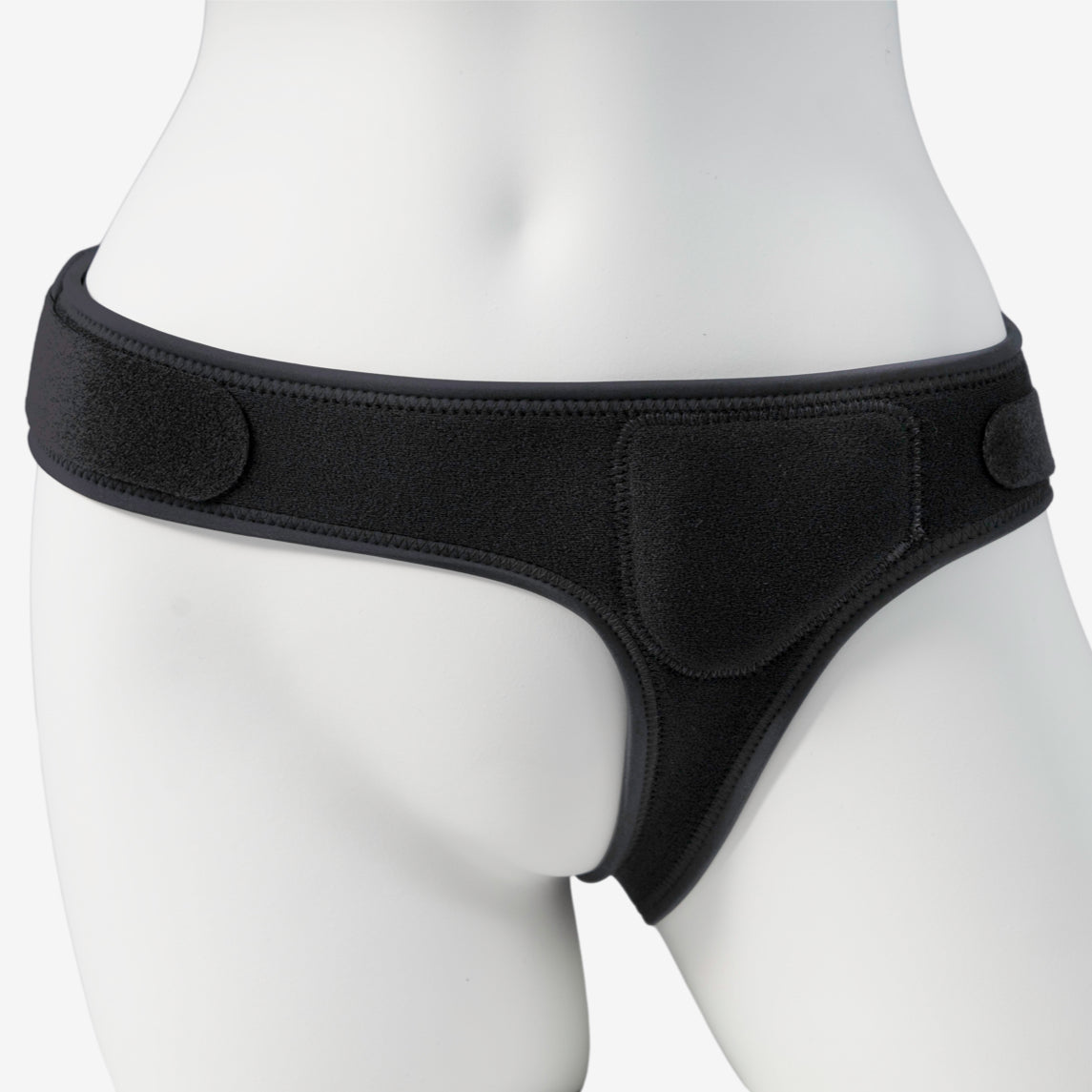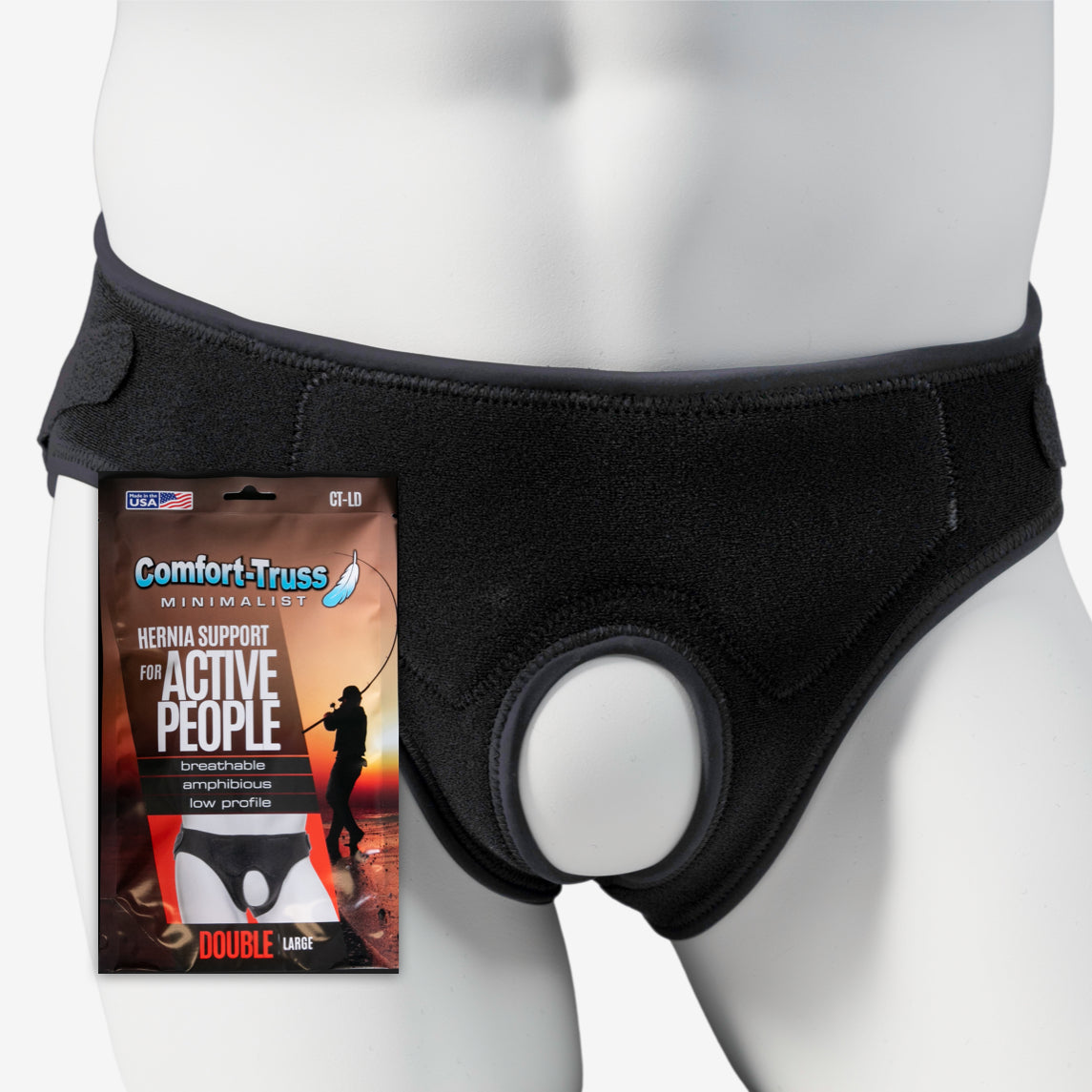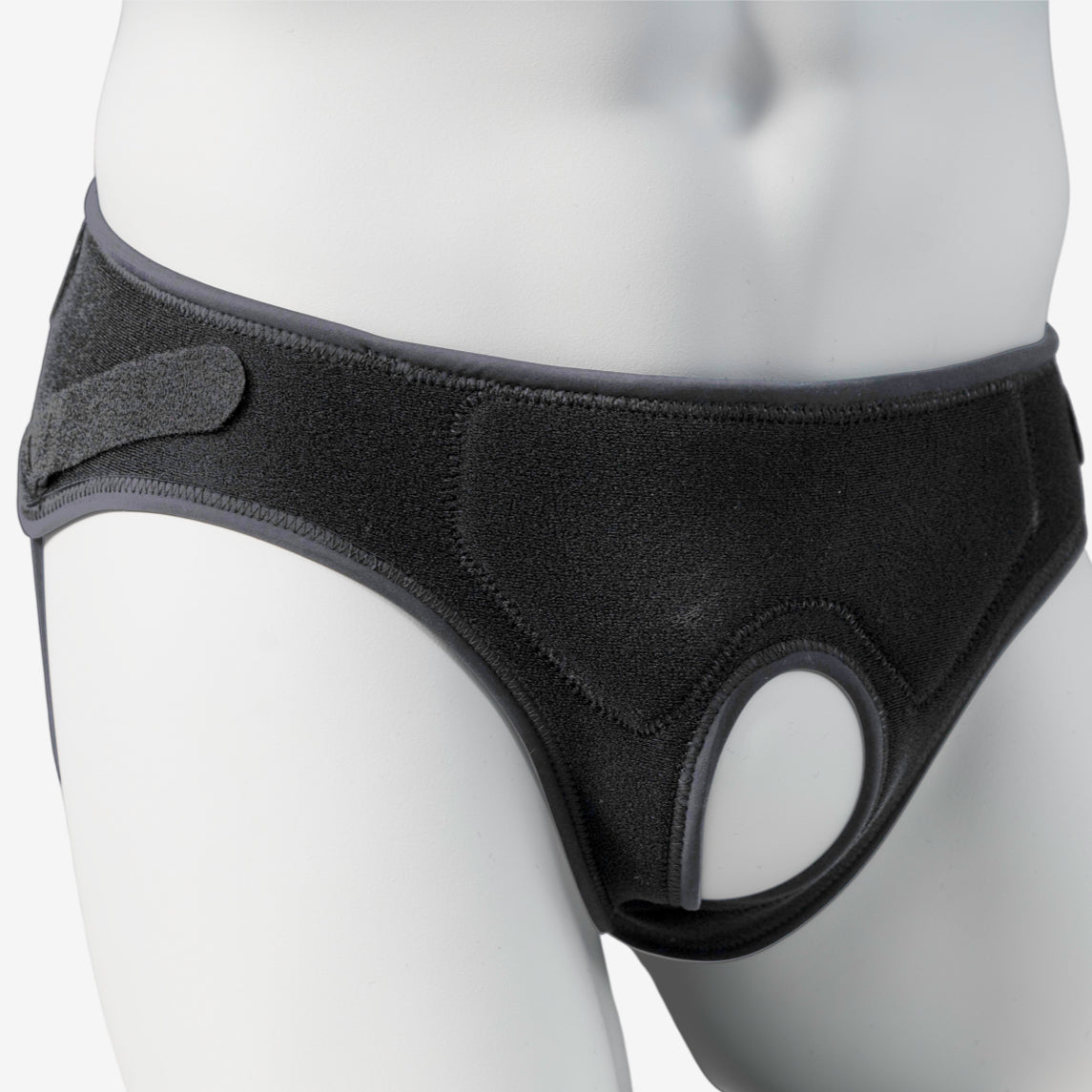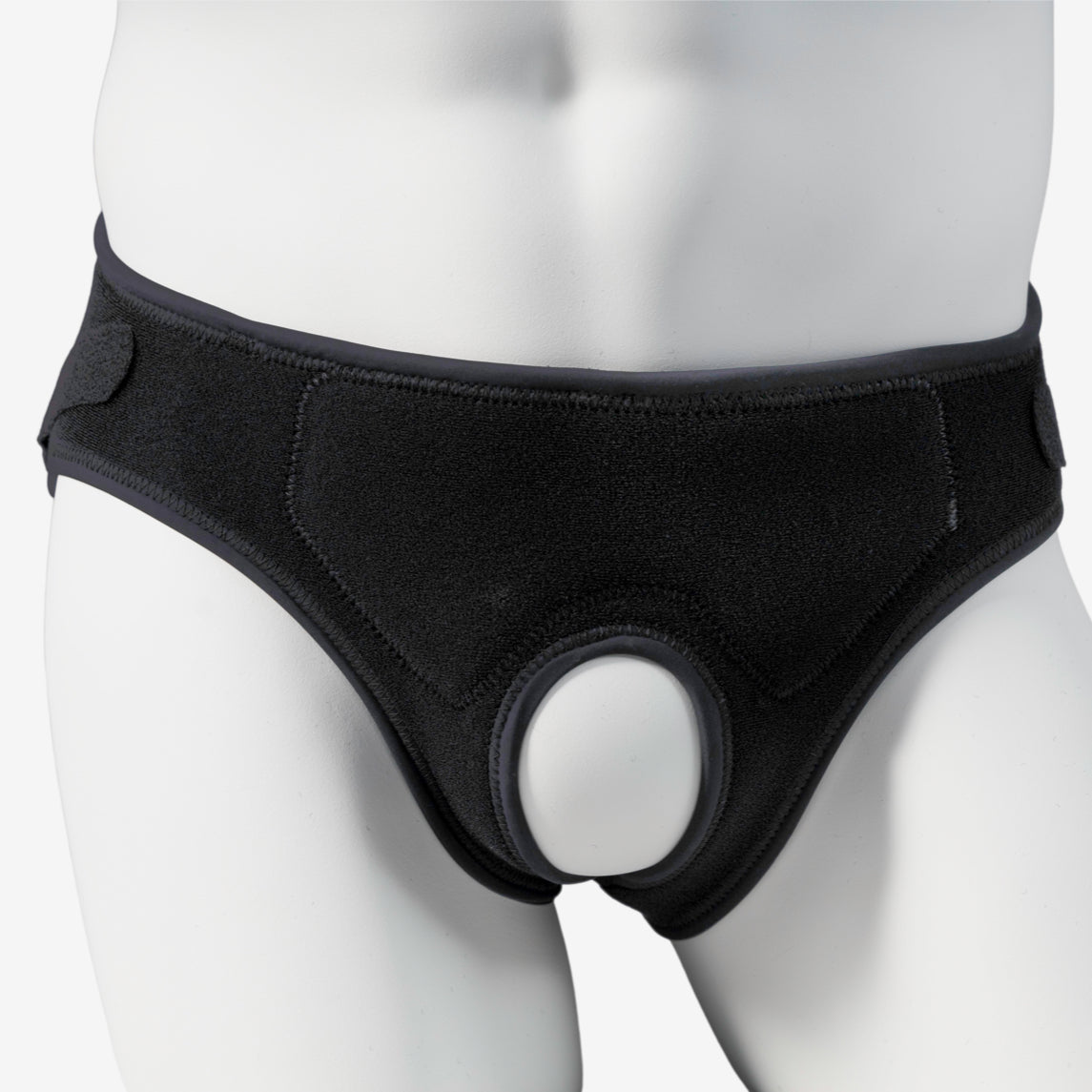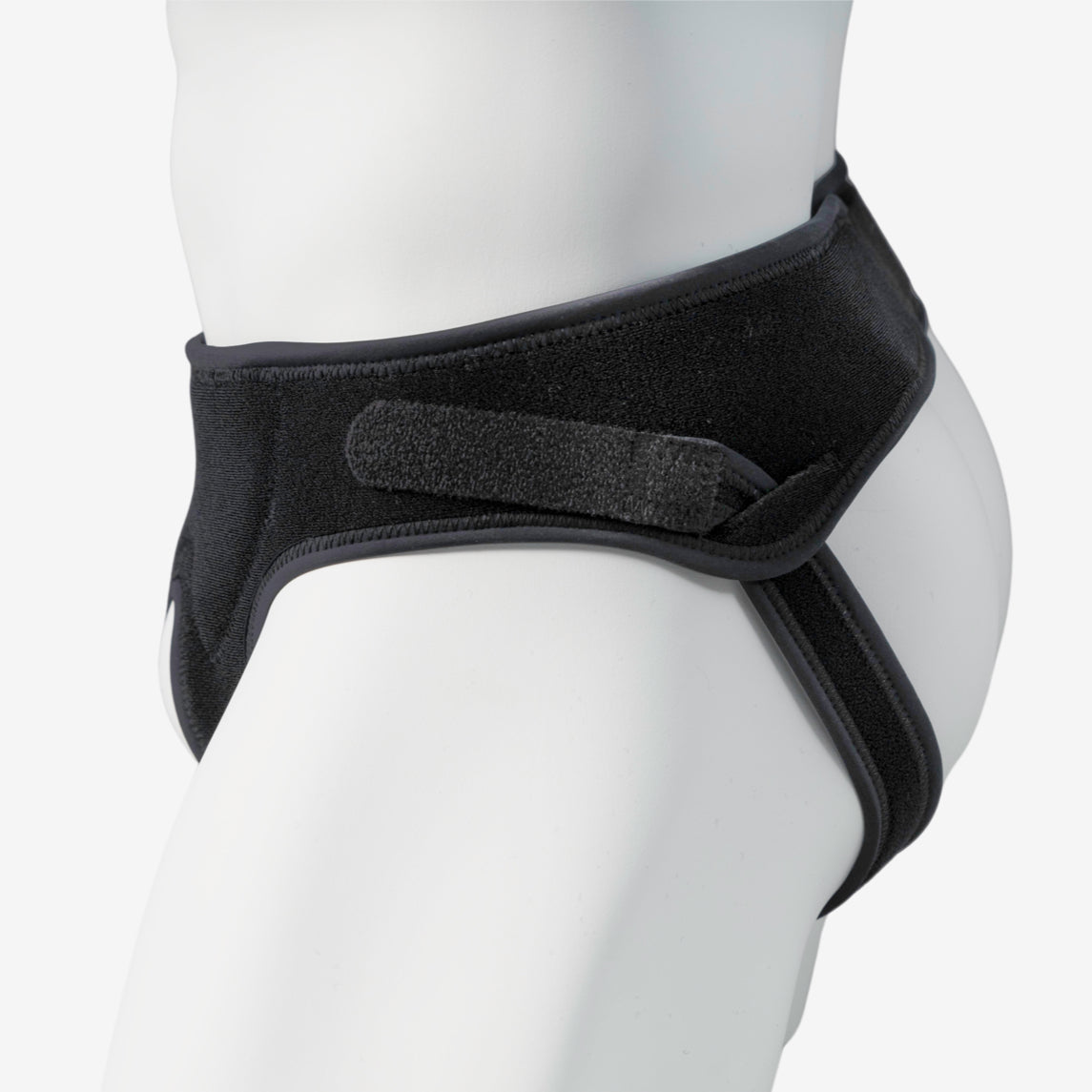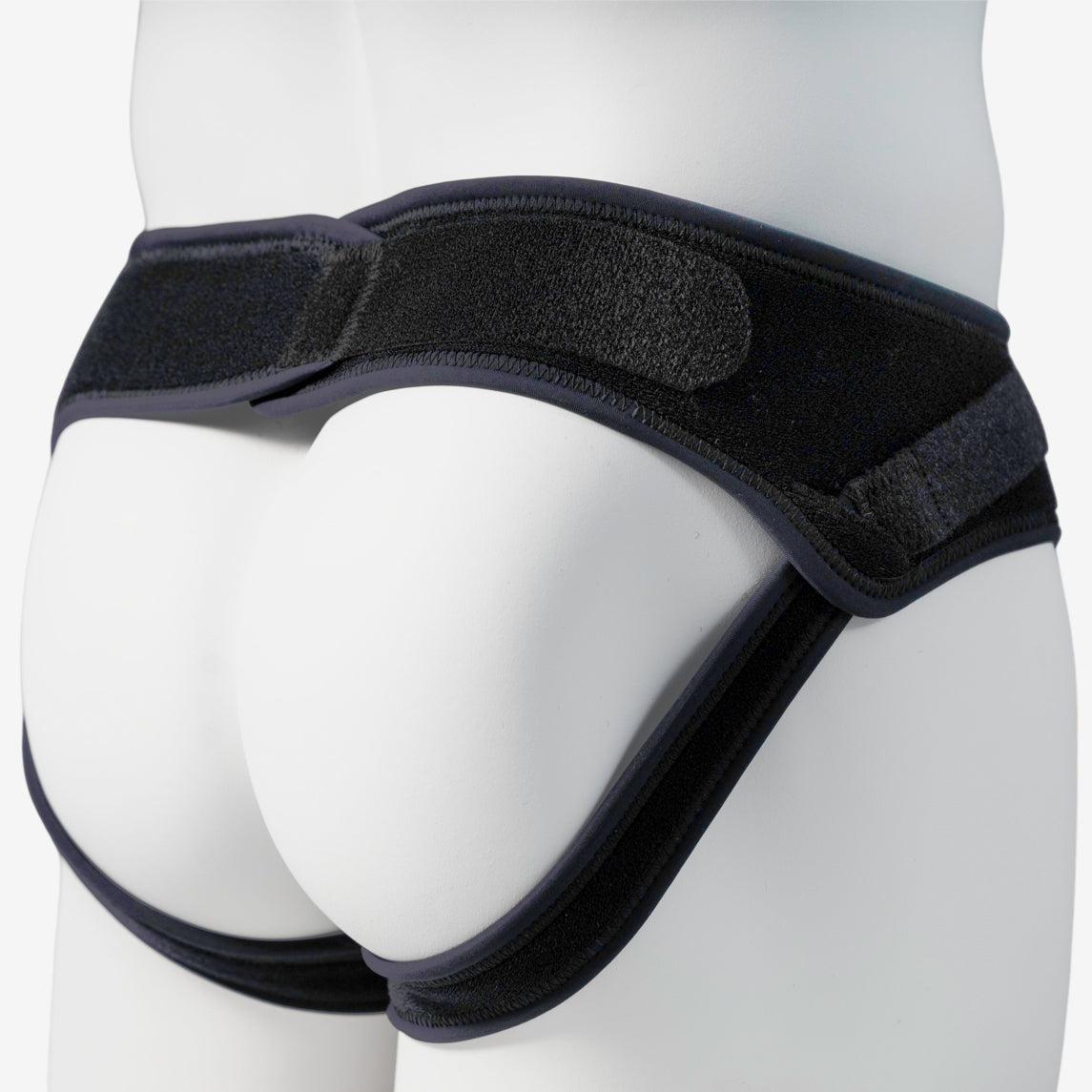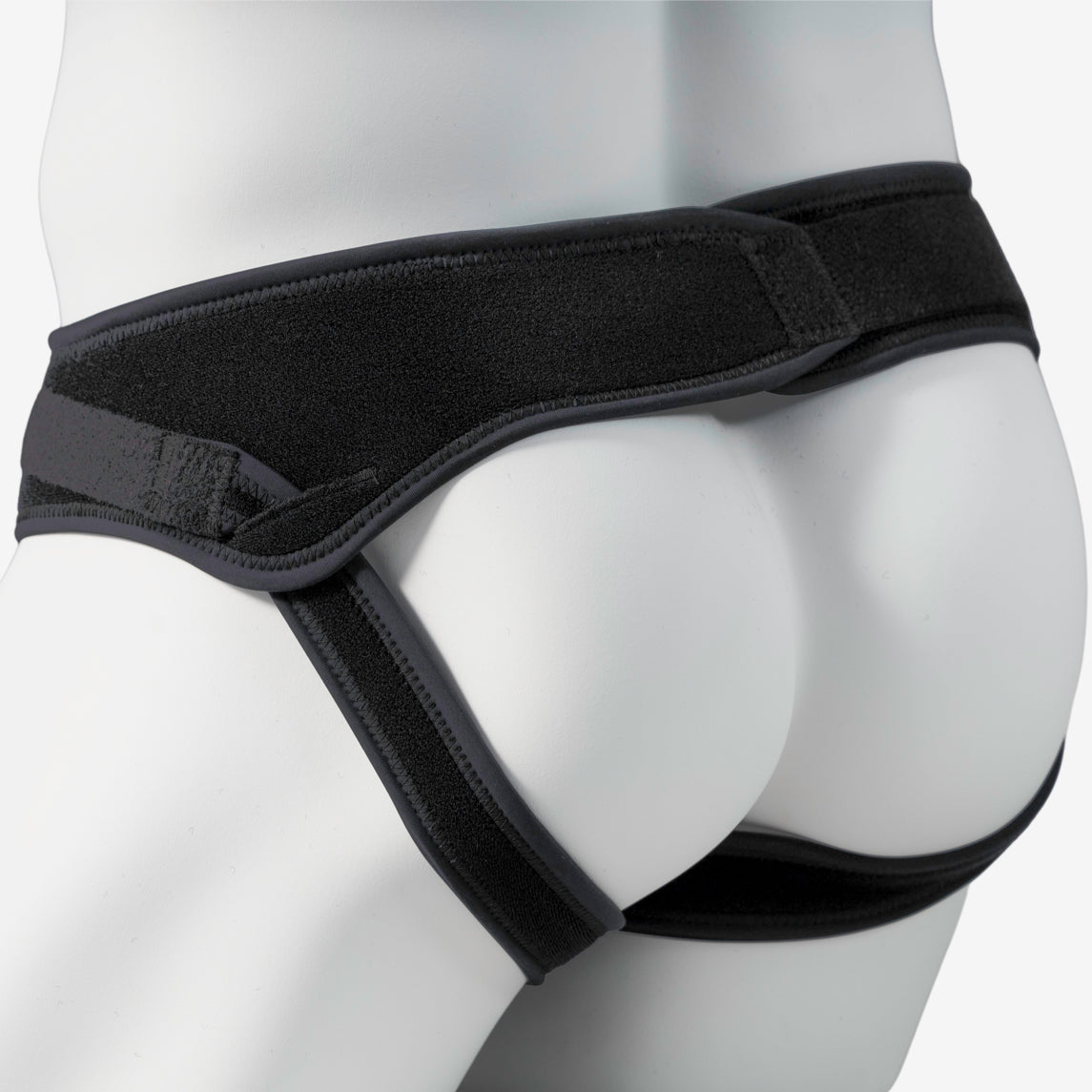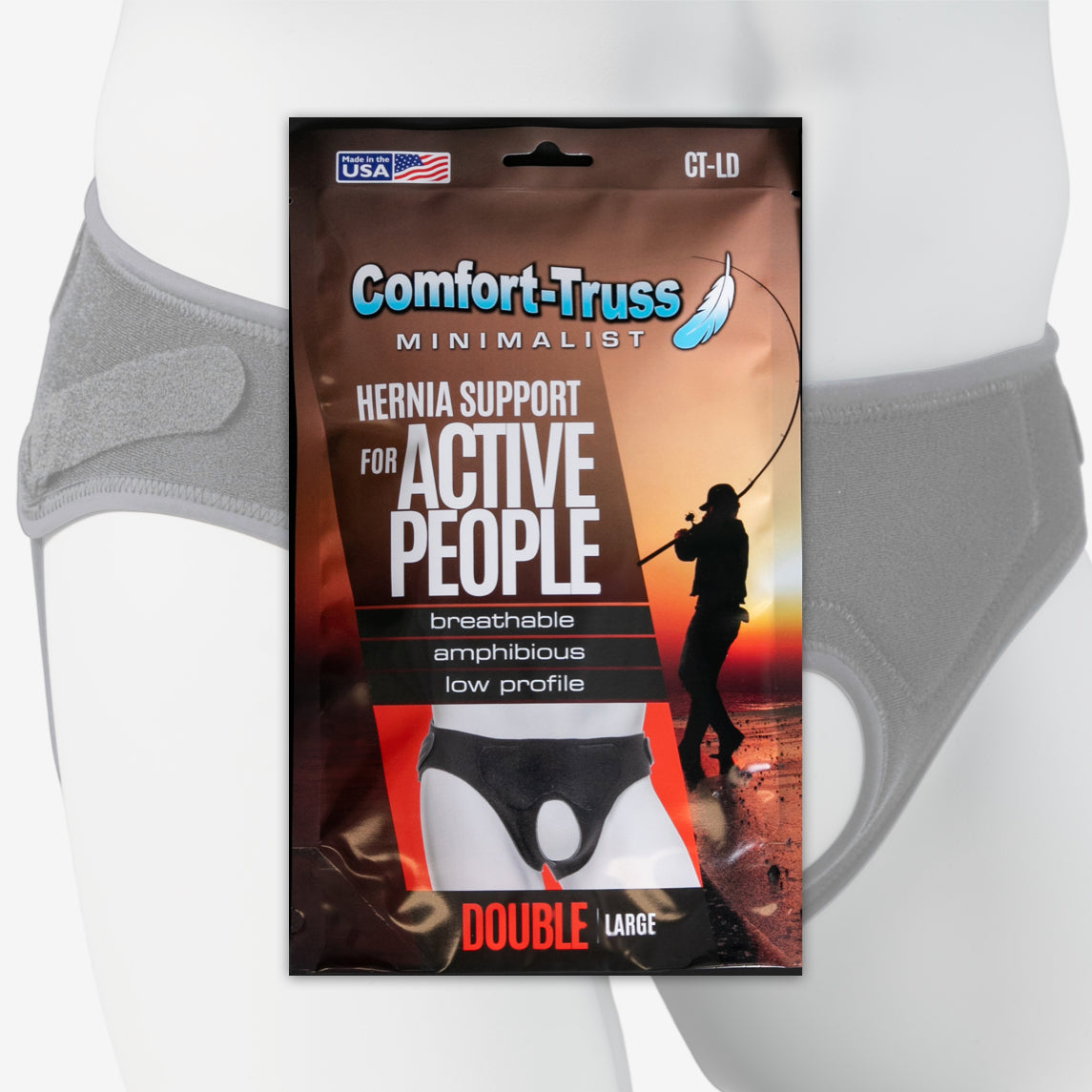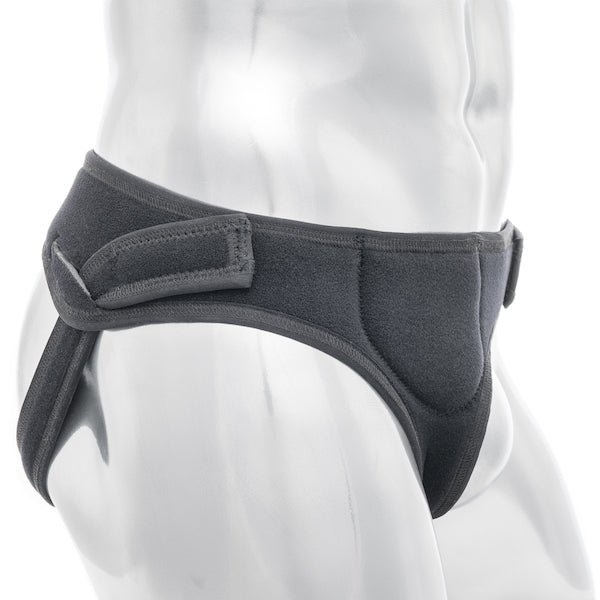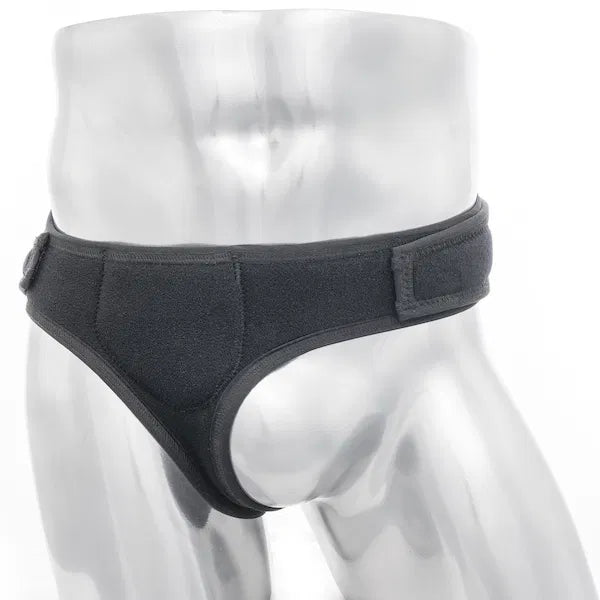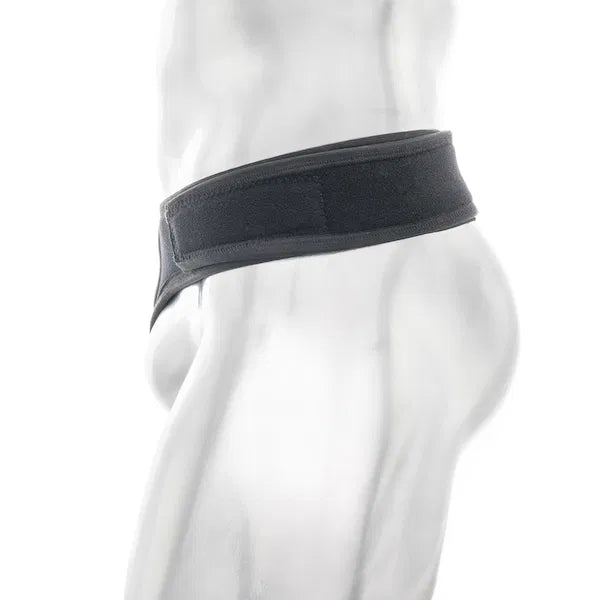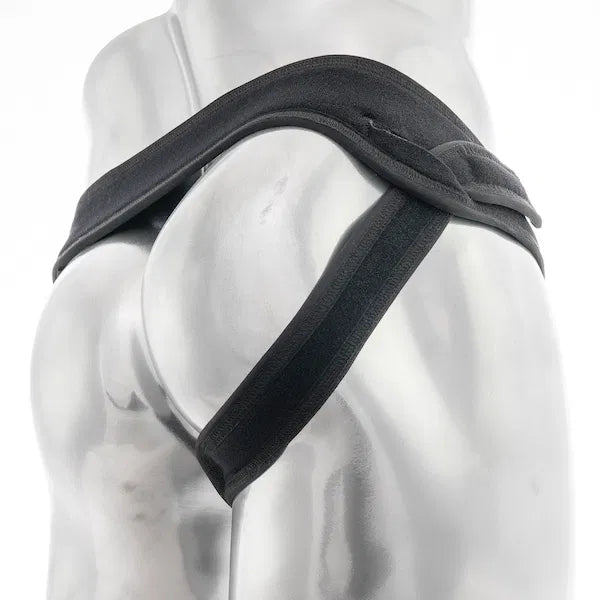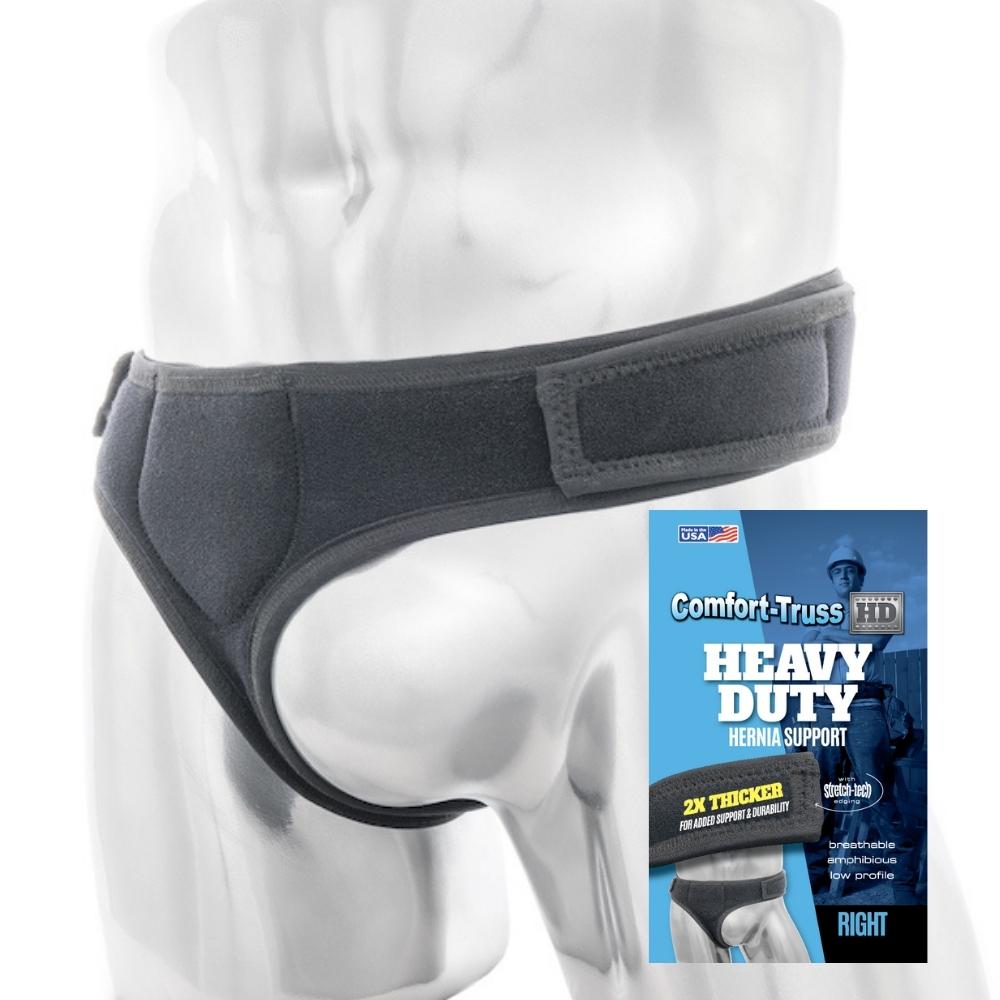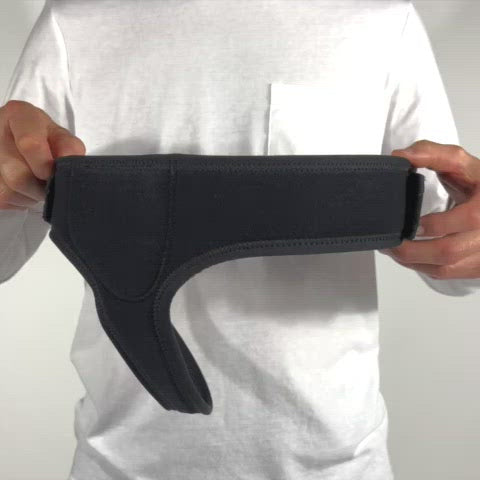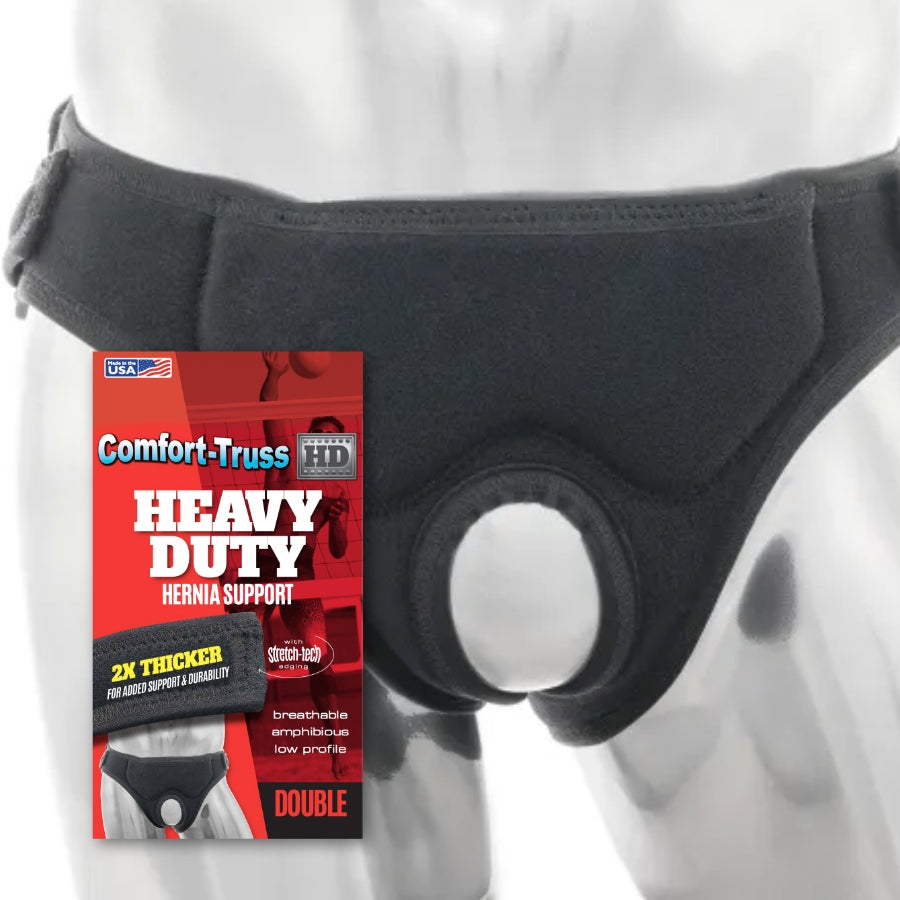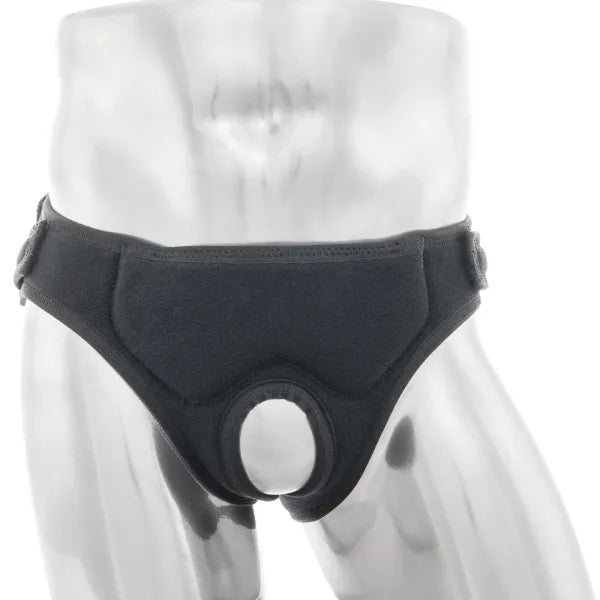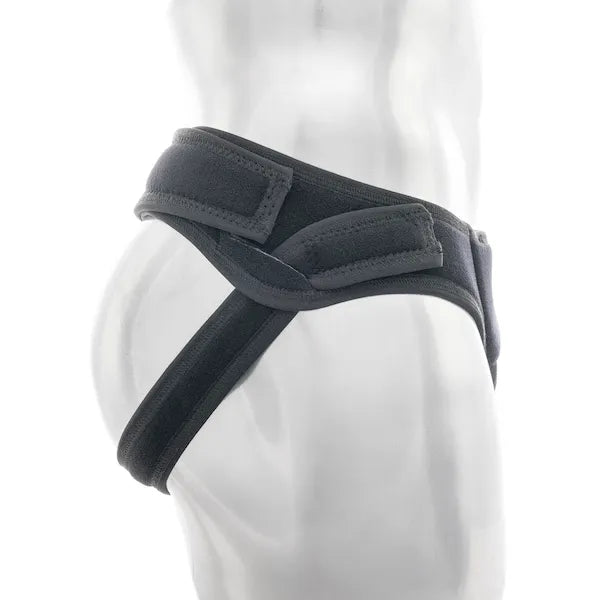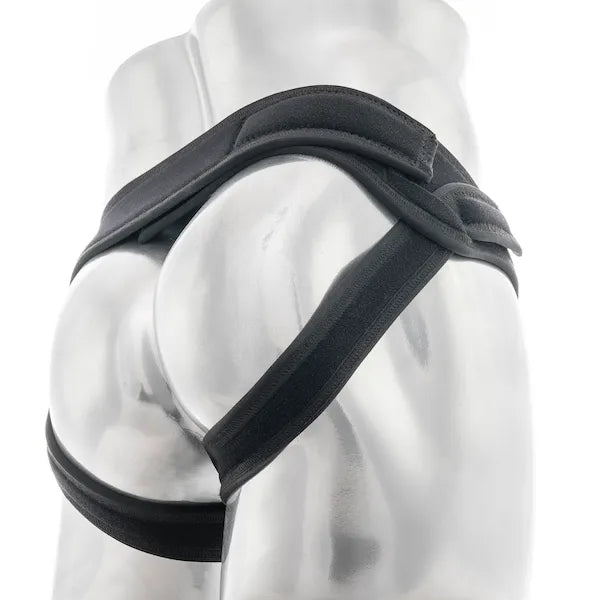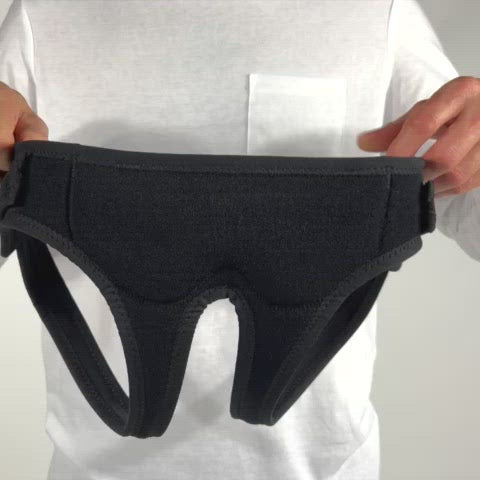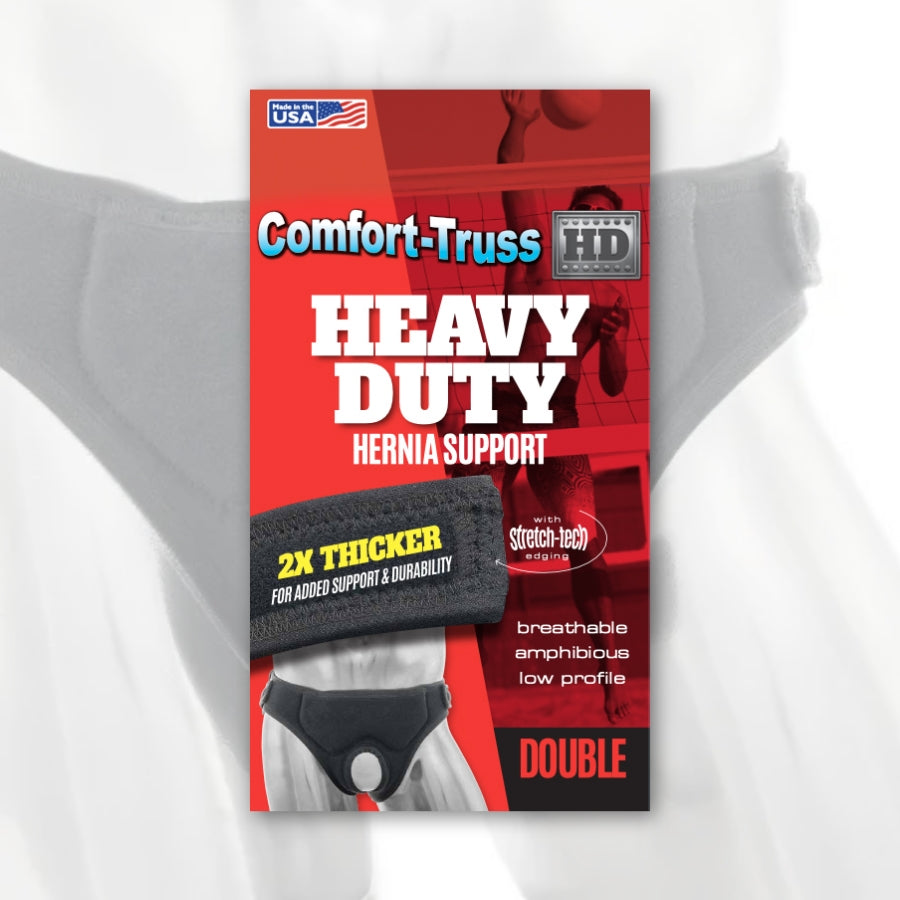What a Dirt Bike Race Taught Me About Staying Active Despite a Hernia

By George Hirst, Founder of Comfort-Truss
At 51, I decided to start racing dirt bikes. Not casually, I jumped straight into Hare Scramble racing. For those who have not heard of it, a Hare Scramble is a 1.5-hour off-road sprint through rough terrain filled with roots, ruts, sand, and mud, all while competing against 50 other riders all in a mad dash toward the finish.
I have always believed that growth only happens when you push your limits, both physically and mentally. After my first race, where I finished 18th out of 53 riders, I set a new goal: crack the top 5 in my class by the end of the season.

The Crash That Shook Me Up
This past weekend was race number two, and my goal was a top-10 finish. I started strong. My arms felt better this time, my breathing was steady, and my pace was right where it needed to be. I was running solidly in the top 10 when, on the last lap, everything went sideways.
I have no memory of how it happened. One second I was flying through the woods, the next I was on the ground thinking, “What the f*** just happened?”
I rolled onto my knees, trying to catch my breath after getting the wind knocked out of me. When I looked back, my bike was 15 feet behind me, front end buried straight into a tree, dead center between the number plate and the fender.
I just remember thinking, “I have no idea what happened, but I have to get up and keep going.”
So I did. I finished the race, a little concussed, and ended up 14th instead of 8th or 9th. Not the result I wanted, but a step closer to where I want to be.

What It Taught Me About Staying Active (and Life)
After the race, I could not stop thinking about how much it reminded me of living with a hernia. Staying active with one is not a straight line. Some days you feel strong and unstoppable. Other days, it feels like you are right back where you started.
But just like racing, you get up, regroup, and keep going. That is what staying active and life, really, is. Progress, setback, recovery, repeat.
That mindset is exactly why I created Comfort-Truss in the first place. Not for perfection. Not to avoid the crash. But to give people the support, both mentally and physically, to keep showing up whether they will eventually get surgery or not.
Staying active when you have a hernia isn’t just about waiting to heal. As one guide notes, moving safely “can help strengthen hernia-supportive muscles, improve posture, reduce pressure on internal organs, and maintain a healthy body weight.”
Testing the New Comfort-Truss Lite for Real-World Performance
What most people do not know is that I have been testing a new belt design during these races, the upcoming Comfort-Truss Lite.
It is built for people who want support without bulk. Using a new 2mm fabric and redesigned structure, the Lite version stays secure, breathable, and incredibly low profile, even during the chaos of off-road racing.
It is the most comfortable hernia support belt I have ever worn, and it has been performing flawlessly through mud, sand, sweat, and crashes.
A sneak peek of the Comfort-Truss Lite is coming soon, so keep an eye on your inbox if you want to see what is next in the evolution of hernia support.

Progress Is Not Pretty, But It Is Worth It
Every crash, every setback, every tough day, is part of getting stronger. Whether it is in the woods on a dirt bike or dealing with a hernia, the principle is the same: you only lose if you stop showing up.
Progress is not always clean, but it is always worth it.
Stay strong,
George
Founder, Comfort-Truss
Want to learn how Comfort-Truss supports active people with hernias? Visit our Comfort-Truss Reviews page to see real success stories from real customers staying active with a hernia.
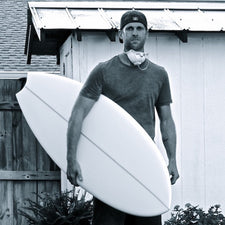
George Hirst
George Hirst is the creator of the Comfort-Truss hernia belt and the voice behind its blog. As an athlete determined to continue living an active life without surgery, and frustrated by the lack of comfortable, functional options after his own hernia diagnosis, he developed a solution that could keep up with an active lifestyle. His writing draws on deep personal experience, insights from a large community of hernia sufferers, and a commitment to helping others manage their condition without giving up the activities they love.




